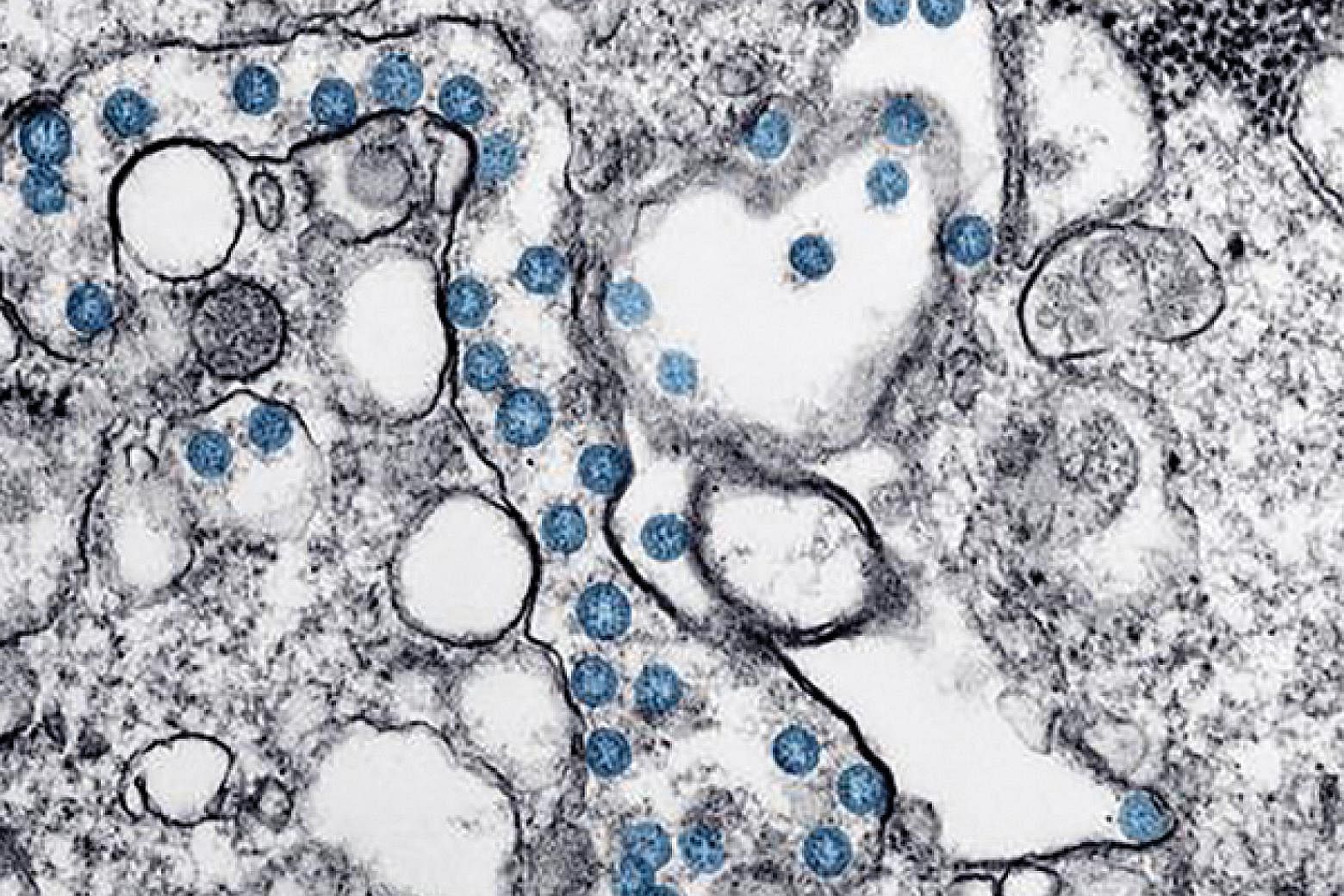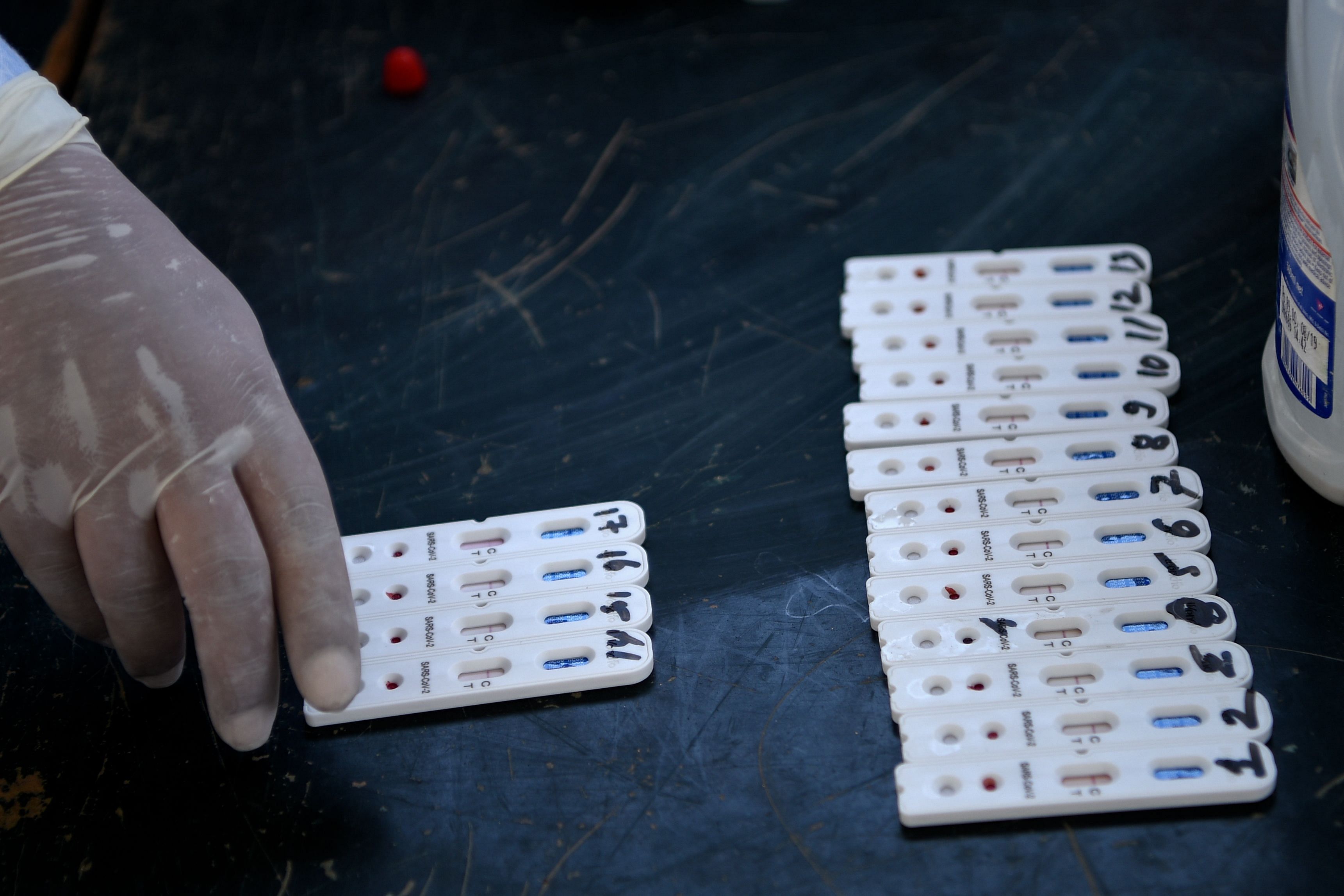If polymerase chain reaction (PCR) tests are the foot soldiers in the war against Covid-19, then antibody tests (or serology tests) are the generals. The PCR test allows for immediate action in case a person is currently infected, while the serology test shows if current measures are working well and shapes future policy planning. Here is a look at the different types of tests and how they are done.
RT-PCR TEST
Looks for: Genetic sequences specific to Covid-19.
Sample: Swab test from nose or back of throat, or from sputum.
How long? It takes around one to two hours to get results and requires the use of specialised machines. If samples need to be transported, the turnaround time is longer.
At the lab:
• Viral RNA from the samples are extracted and converted to DNA in a method known as reverse transcription (RT).
• This conversion is required so that the genetic material is compatible with the PCR process that can identify the virus.
• The PCR technique amplifies the genetic material of the virus so that it can be easily detected and analysed.
• This amplification is required to increase the presence of the genetic material targeted, which is usually present in small amounts.
• If the targeted genetic material is detected, it is highlighted via a dye that fluoresces in the presence of DNA.
• The more viral bits there are, the brighter it glows, creating a pattern of light that tells the technicians whether they have found Sars-CoV-2.

SEROLOGY TEST
Looks for: Antibodies produced by the immune system against the virus.
Sample: Taken from blood
At the lab:
• Technicians test for lgM and lgG antibodies specific to the virus.
• The presence of both antibodies shows that a person has been infected.
• If only lgG is present it means the person is recovering or fully recovered.

• Patients have antibodies around two weeks after they recover from the infection and will not have them at the point of infection.
• It remains inconclusive whether antibodies are always protective, or how long immune memory would last against Covid-19.
• Therefore an antibody test cannot be used to make clinical decisions for individual patients.

SENTINEL SURVEILLANCE
• A random testing programme used to pick up cases in the community that would otherwise have gone undetected.
• The test allows for surveillance of people who are at higher risk of contracting or transmitting the disease; and those who have the virus, but have very mild symptoms or do not complain of suspected infection.
• It has shown that coronavirus cases are still being transmitted within the community, and some of them remain infectious despite showing mild symptoms.
RAPID TEST KITS

• They allow speedy diagnostic tests to be done.
• These point-of-care test kits are used at the point where a patient receives medical care and do not require specimens to be sent to laboratories.
• They are currently being developed in Singapore.












